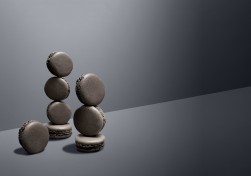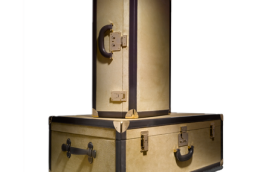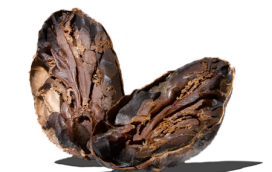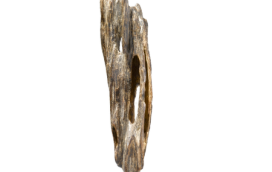
The medicinal properties of charcoal have long been known: both Hippocrates (in 400 BC) and Pliny the Elder (in AD 50) described it being used to treat ailments from rotting wounds to vertigo. What the savants might never have predicted, though, is the sudden popularity of burnt vegetable matter in the food scene of the 21st century. Venture into hip restaurants from Shanghai to Houston and there’s sure to be a dish into which charcoal has been added – whether it’s a smoothie, a macaroon, (like those pictured left), or a kuro burger – which, if you aren’t familiar with the Japanese dish, comprises a blackened bun, a meat patty, a sliver of black cheese and black squid-ink sauce. It’s even making its way into water jugs – single pieces of blackened matter inserted into the bottom to help purify their contents. According to supplier Mark Parr, who provides chefs with charcoal both to cook with and to cook over, the type of plant matter from which it’s made can significantly alter the flavor. Alder charcoal imparts a sugary sweetness, he says, while oak’s heavily flavored smoke is perfect for cooking and smoking salmon. The bad news? Although charcoal is often prescribed as a medication in hospitals – the porous substance isn’t processed by the stomach, but can soak up poisons and toxins while passing through the body – it has little benefit to health when eaten in small quantities. “Activated charcoal, which is found in water filters to remove impurities, is an effective internal cleanser in quantity,” says nutritionist Angela Dowden. “But in the tiny amount you find in foods? Unlikely.” Never mind. The fashionably dark dishes look wonderfully dramatic, and can garner thousands more likes for us on Instagram. That in itself can make us feel a whole lot better.


